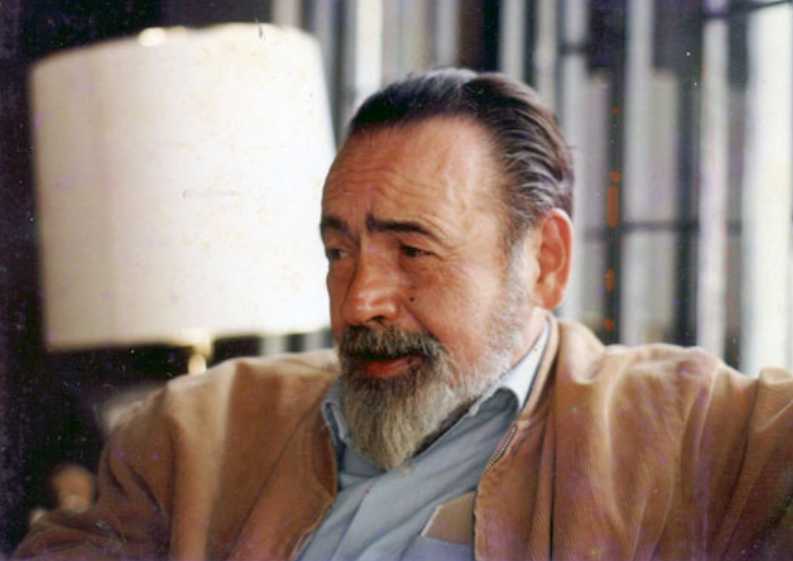4.1.2.7.11 The prose work of Eliseo Diego (1920 – 1994) from 1959 onwards

Eliseo Diego’s prose work was primarily in the realm of poetry and narrative, which he continued to explore with equal skill after the triumph of the Revolution in 1959. The interweaving of reality, dream, fiction, life, and death served as essential topics during this period, sometimes imbued with a certain colloquialism.
However, during this period, Eliseo Diego would definitely drift towards the purely poetic and the cultivation of short stories would become a more occasional occupation, although he took everything inherent to literary creation very seriously, including the teaching of it, since precisely in 1959 he completed his degree in Pedagogy at the University of Havana and that same year he began teaching English and North American literature in courses organized by Casa de las Américas.
His first narrative text from the period under review was “A Warehouse Like Any Other” in 1969; followed by “News of the Chimera” in 1975 and “Book of Maybe and Who Knows” in 1989, in which he continued a similar creative path to the one he had followed in his previous period.
An important aspect of her narrative, which remained neglected even after her death, was children’s literature, whose recovery was undertaken by her daughter and fellow writer Josefina Diego García Marruz. These pieces were compiled and presented under the title “A Deep Forest of Dreams” in the first decade of this century, as a final complement to the work she undertook while heading the Department of Children’s Literature and Stories at the José Martí National Library.
Although Eliseo Diego did not frequently explore the essay genre, he left behind some thoughtful pieces on various literary topics, often with educational purposes in the broadest sense of the term. These pieces were included in the posthumous text “Los ensayos de Eliseo Diego,” also compiled by his daughter. In this regard, Mercedes Santos Moray states:
“Eliseo Diego (…) lets his imagination run wild, and his criteria flow beyond any canon or precept, when he approaches a title, allowing us the rare privilege, and more so in our times of arid monographs that exclusively appropriate the so-called “essayism”, to fly alongside him, and to enrich with our reading the sensitivity in which humanistic principles emerge.”
His foray into prose, regardless of the genre, includes among its gifts a lyricism that doesn’t cling to itself but rather flows naturally from the sensorial and conceptual richness of the themes. It’s also important to highlight his participation in an important group of magazines that set the standard in the publishing world of his time, as well as others that were perhaps less important but ultimately held a place in public reception. These include Nueva Revista Cubana, Bohemia, Verde Olivo, Casa de las Américas, La Gaceta de Cuba, El Caimán Barbudo, El Mundo, Granma, Revista de la Biblioteca Nacional José Martí, and others on the international scene.








